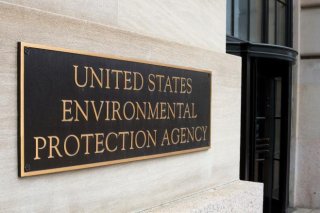EPA's Role in Radiation Protection

Related information in Spanish (Información relacionada en español)
In addition to setting legally enforceable standards, EPA issues federal guidance documents with recommendations on radiation protection. EPA develops technical reports to help standardize methods for dose and risk assessment. Federal guidance recommendations and technical reports are used by federal and state agencies in developing radiation protection regulations and standards. EPA also helps state and local responders respond to radiological emergencies.
EPA develops science-based guidance for cleaning up sites that are contaminated with radioactive materials, including Superfund Program sites. The Agency works cooperatively with other federal agencies to ensure that consistent site investigation and laboratory methods are used throughout the federal government.
